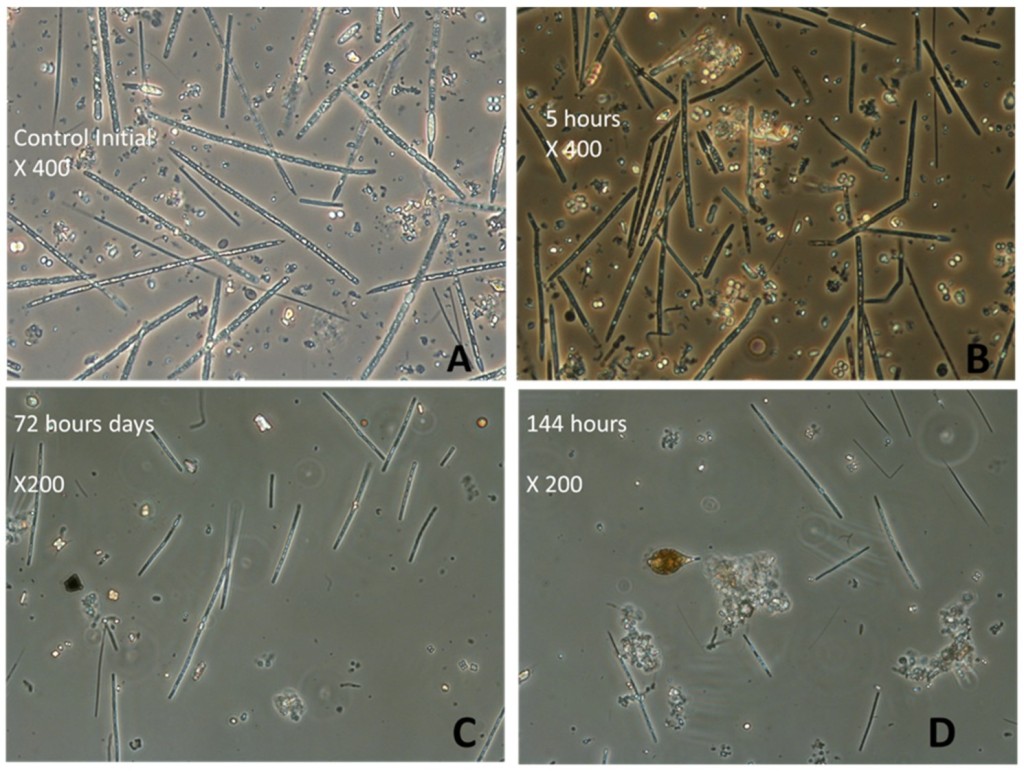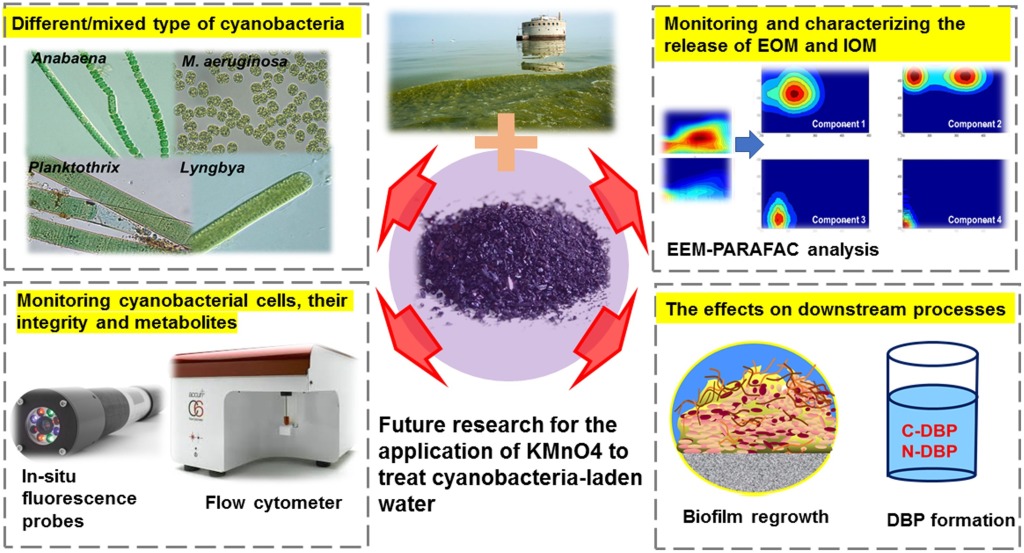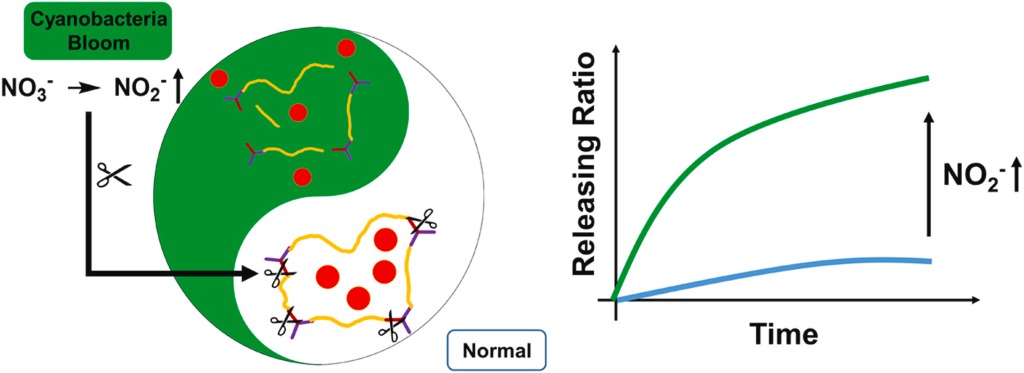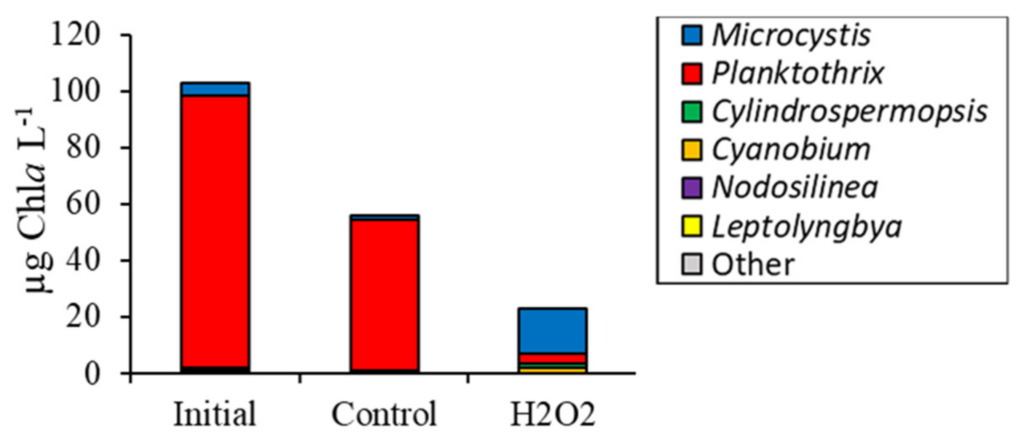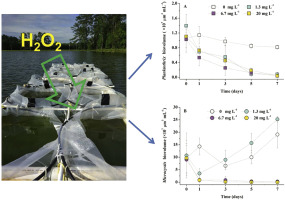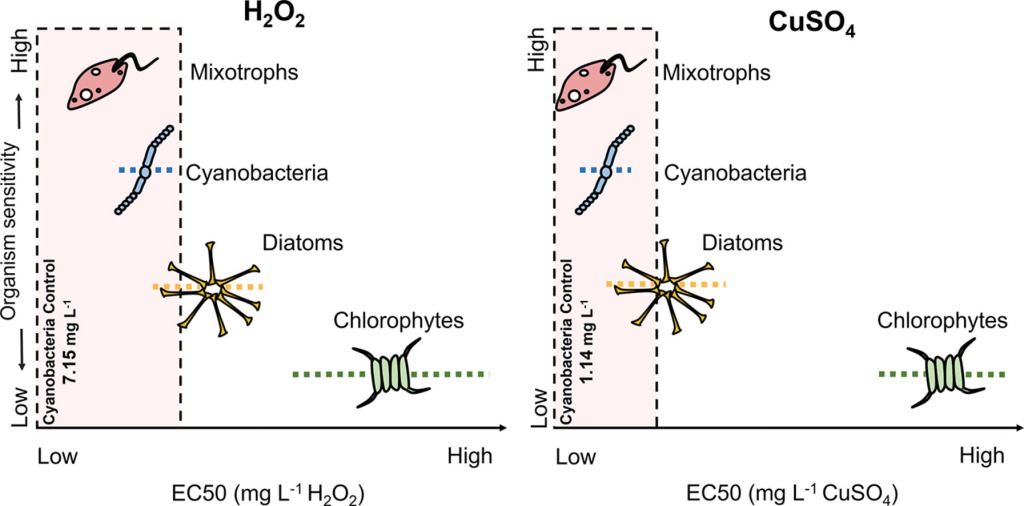
Authors
Malihe Mehdizadeh Allaf, Kevin J. Erratt, Hassan Peerhossaini
Cyanobacterial bloom represent a growing threat to global water security. With fast proliferation, they raise great concern due to potential health and socioeconomic concerns. Algaecides are commonly employed as a mitigative measure to suppress and manage cyanobacteria. However, recent research on algaecides has a limited phycological focus, concentrated predominately on cyanobacteria and chlorophytes. Without considering phycological diversity, generalizations crafted from these algaecide comparisons present a biased perpective. To limit the collateral impacts of algaecide interventions on phytoplankton communities it is critical to understand differential phycological sensitivities for establishing optimal dosage and tolerance thresholds. This research attempts to fill this knowledge gap and provide effective guidelines to frame cyanobacterial management. We investigate the effect of two common algaecides, copper sulfate (CuSO4) and hydrogen peroxide (H2O2), on four major phycological divisions (chlorophytes, cyanobacteria, diatoms, and mixotrophs). All phycological divisions exhibited greater sensitivity to copper sulfate, except chlorophytes. Mixotrophs and cyanobacteria displayed the highest sensitivity to both algaecides with the highest to lowest sensitivity being observed as follows: mixotrophs, cyanobacteria, diatoms, and chlorophytes. Our results suggest that H2O2 represents a comparable alternative to CuSO4 for cyanobacterial control. However, some eukaryotic divisions such as mixotrophs and diatoms mirrored cyanobacteria sensitivity, challenging the assumption that H2O2 is a selective cyanocide. Our findings suggest that optimizing algaecide treatments to suppress cyanobacteria while minimizing potential adverse effects on other phycological members is unattainable. An apparent trade-off between effective cyanobacterial management and conserving non-targeted phycological divisions is expected and should be a prime consideration of lake management.

